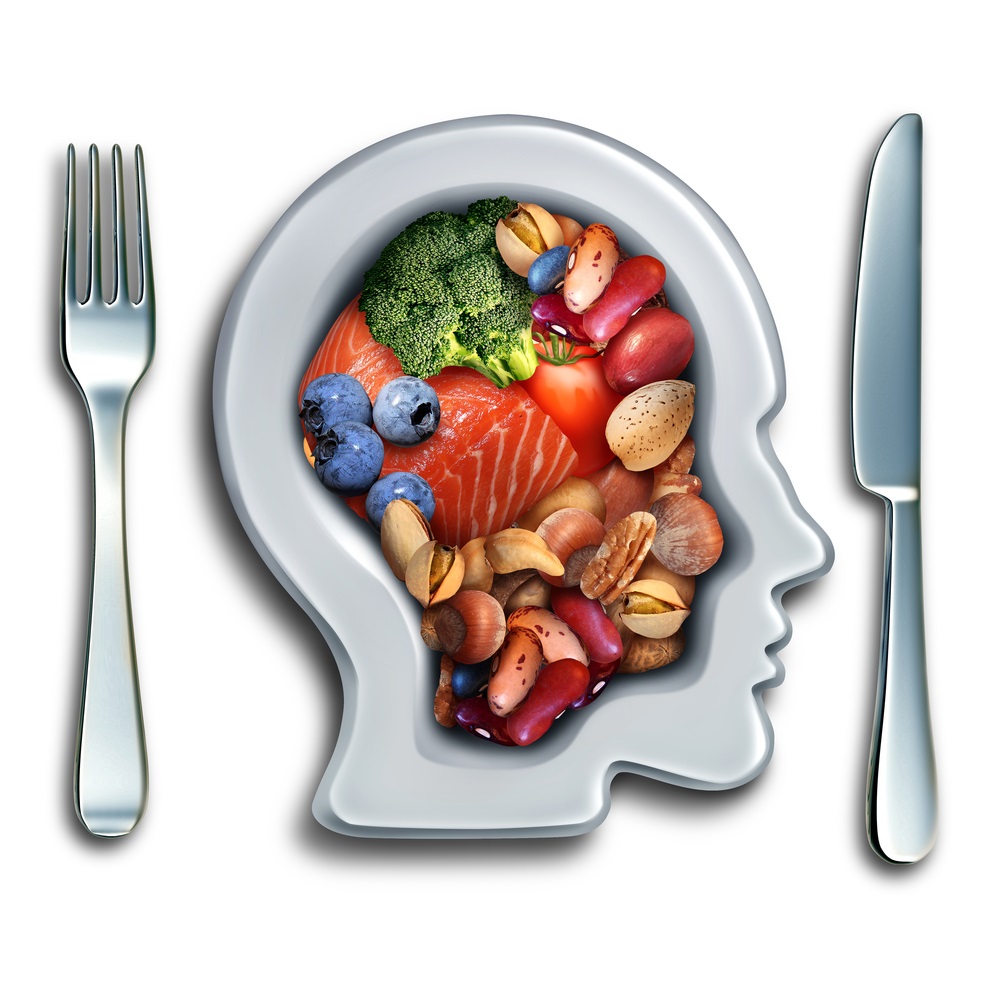 Do you want to start an exercise routine but aren’t sure how to start it? It might be hard to decide between cardio and weights, but we have some ideas to help you decide.
Do you want to start an exercise routine but aren’t sure how to start it? It might be hard to decide between cardio and weights, but we have some ideas to help you decide.
The question of whether lifting weights or doing cardio workouts is preferable is frequently discussed in the fitness community.
Both sides of the argument have ardent defenders.
Truth be told, both cardio and weight training have advantages, and which is ideal for you will depend on your tastes, fitness objectives, and degree of health and strength.
Let’s examine each in greater depth.
What are the Advantages of a Cardio Workout?
Activity that causes your heart rate to increase is referred to as cardiovascular or cardio activity.
Cardio offers a variety of advantages, such as:
- One benefit of cardio is that you can select from various enjoyable activities to achieve your daily objectives.
- Cardio workouts include running, sports, hiking, swimming, dancing, and cycling.
- You can speed things up. High-intensity interval training (HIIT) exercises allow you to complete your workout quickly. These deliver the same advantages faster.
Engaging in cardio supports your body as a whole. Cardio is excellent for improving overall fitness because it strengthens the heart and other internal organs.
What are the Drawbacks of a Cardio workout?
It’s crucial to be aware of the drawbacks of cardiac exercise, as with any physical activity.
Cardio does not aid with muscular growth. Aerobic and cardio exercises will help you stay in shape, but they will not assist you in increasing muscle mass.
Cardio doesn’t help you gain muscle. Aerobic and cardiovascular exercises are great for maintaining your fitness level, but they are ineffective for building muscle. If you want to get stronger, focus on strength training instead.
Caution is strongly urged when engaging in cardiovascular exercise because overtraining can result in life-threatening injuries in addition to negative effects on one’s health over the long run.
Are There Any Benefits Associated with Lifting Weights?
Weightlifting has rapidly become one of the most popular forms of exercise due to its capacity to strengthen the body.
Even novices can participate in this type of physical activity, which is a positive aspect.
In fact, you can choose to lift weights at home or at a dedicated gym facility.
 The following is a list of some of the most significant advantages that can be attained via the practice of weightlifting:
The following is a list of some of the most significant advantages that can be attained via the practice of weightlifting:
You can Put on Muscle: By using the body’s fat reserves to build more muscle, lifting weights can help you develop lean, strong muscles.
There are Everyday Advantages: Being stronger will also benefit you in day-to-day activities since it will make it easier and more flexible to complete tasks, lowering your chance of injury.
Encourage Bone Health: Regular weightlifting not only strengthens your muscles but also your bones, lowering your risk of fractures, breaks, and injuries.
Reduce Your Stress: A long, challenging day can relieve stress by lifting weights.
What are the Drawbacks of Weightlifting?
It’s critical to be aware of the drawbacks of weightlifting, which can include:
A Requirement for Accuracy: Maintaining perfect form throughout your sessions is essential for weightlifting success.
You might need a trainer to ensure you’re lifting properly.
Injury Possibility: Your risk of injury increases with the weight you lift.
Fewer Calories are Burned: Lifting weights results in lower calorie burn than aerobic activity.
Using Cardio and Weightlifting for a Better Body!
Ultimately, an effective training program will evenly divide its time between cardio and weights.
You may train your body to be strong, fit, and lean by using this combination to get the best results.
To keep your body challenged and continue to see increases, ensure you vary your workouts.






